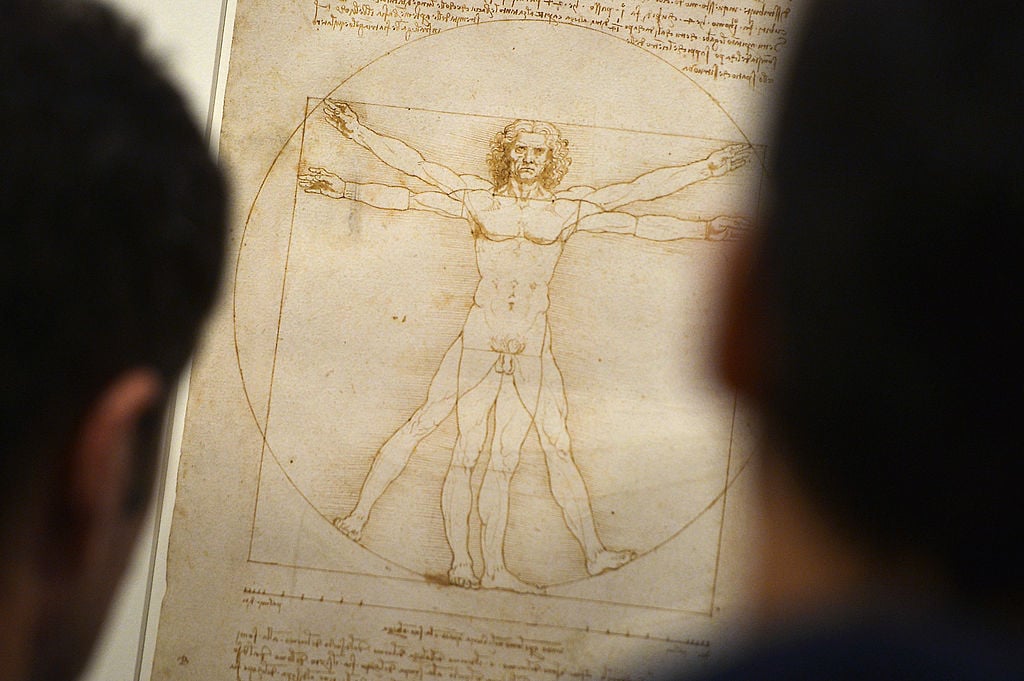
Historians dedicated to tracing Leonardo da Vinci’s family tree have uncovered 14 living relatives of the Renaissance great in a project that has been in the works for nearly a decade.
While Leonardo himself had no children, he had 22 half-brothers, thanks to his rather prolific father, Piero.
Hoping to learn more about the artist through his family, researchers Alessandro Vezzosi, director of the Ideale Leonardo da Vinci Museum, and Agnese Sabato, president of the Leonardo da Vinci Heritage Foundation, have scoured genealogical records over 21 generations.
Their study, published in the journal Human Evolution, begins with Leonardo’s grandfather, Michele da Vinci, born in 1331 and the first to bear the family name, which was originally an indication of birthplace. Over the centuries, the family name transformed into a traditional patronymic surname.
Following five branches of the family tree across 690 years, the descendants on the male line range from one to 85 years old, and are all descended from one of Piero’s other sons, Domenico. They include farmers, office workers, and an upholsterer.
Leonardo da Vinci, Self-Portrait (1512–15). Photo by DeAgostini/Getty Images.
There is also an artist, the 62-year-old Geovanni Vinci, who says his work has nothing in common with that of the famed Old Master.
“Maybe for some of my work Leonardo turned in his grave—but for the rest I hope he is proud,” Vinci told the Evening Standard.
Similar research from 2016 had already tracked down 35 living relatives, including film director Franco Zeffirelli. But that lineage traced the female line.
“They were not people who could give us useful information on Leonardo’s DNA and in particular on the Y-chromosome, which is transmitted to male descendants and remains almost unchanged for 25 generations,” Vezzosi told ANSA.
“Comparing the Y chromosome of today’s male relatives with that of their ancestors in ancient and modern burial sites would both verify the uninterrupted family line and certify Leonardo’s own Y chromosome marker,” the paper explained.
The ultimate goal is to recreate the artist’s genome sequence.
Researchers Alessandro Vezzosi and Agnese Sabato with their Leonardo da Vinci Family tree. Photo courtesy of Alessandro Vezzosi and Agnese Sabato.
Learning more about Leonardo’s DNA could help art historians better understand the man, both with regard to his health, and his artistic acumen.
Was his ability to record the rapid movements of birds and dragonflies in detailed sketches, for instance, an indication of unusually sharp vision? How does the family’s DNA help explain Leonardo’s synesthesia, left-handedness, and premature aging?
Sabato and Vezzosi also hope to contribute to the existing work of the Leonardo Da Vinci DNA Project, which aims to conclusively determine whether the artist’s remains are buried at Amboise Castle in France. The duo has previously done DNA testing on a strand of hair believed to have come from Leonardo’s head.